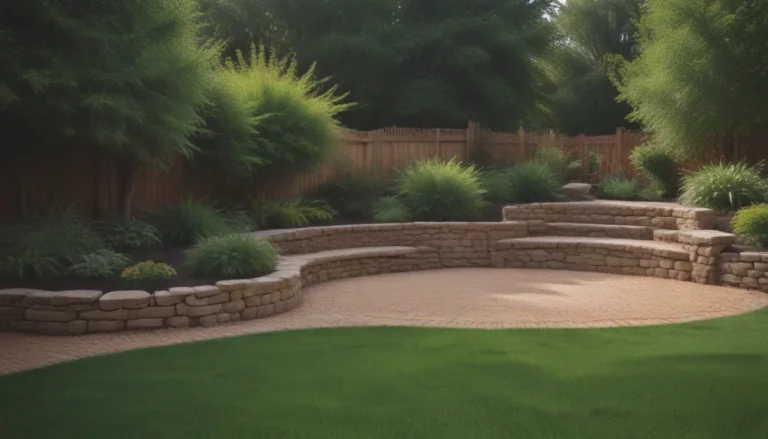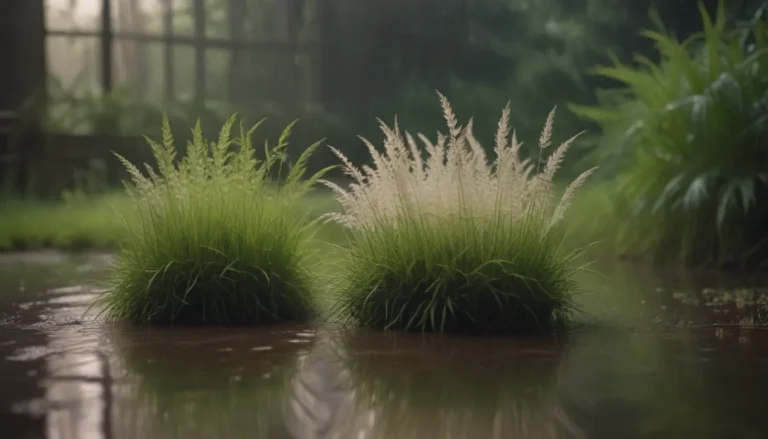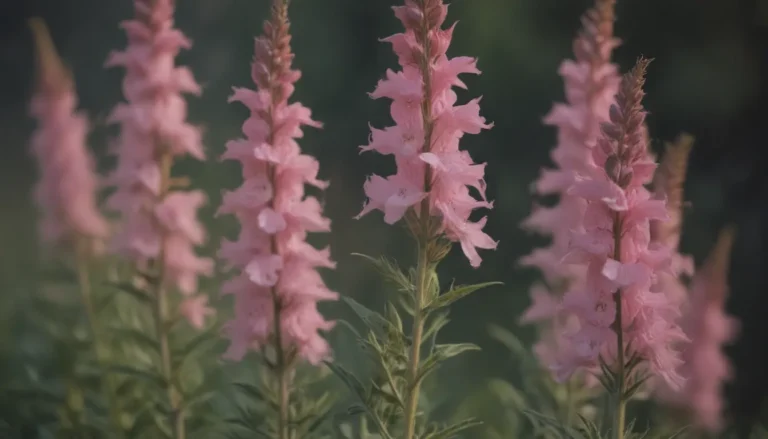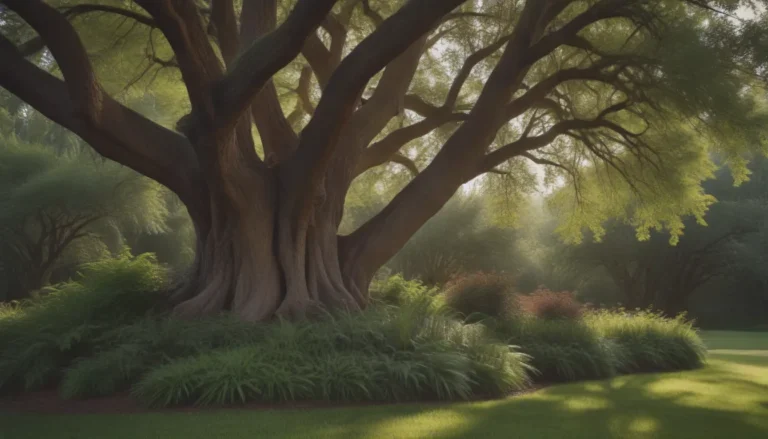Identifying and Managing Boxelder Trees
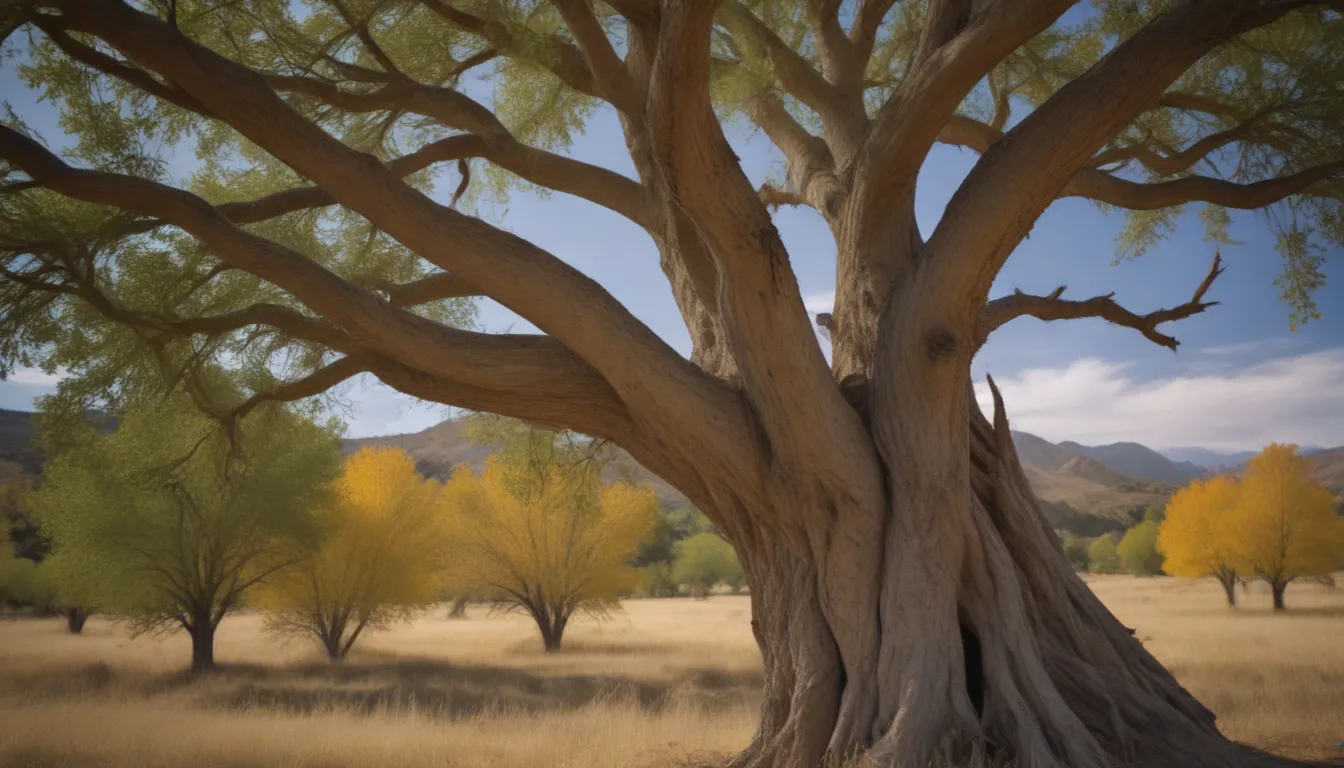
Boxelder, also known as Acer negundo, is a type of maple tree that is often considered invasive in many regions. While it may grow quickly and provide wooded cover, it can also spread aggressively through self-seeding and suckers, making it a nuisance for many homeowners. In this comprehensive guide, we will explore how to identify boxelder trees, the problems they may cause, and effective ways to manage and remove them from your landscape.
Understanding Boxelder Invasiveness
Before planting a boxelder tree in your yard, it’s crucial to understand the potential implications. Several states in the Midwest, including Michigan, Wisconsin, and Minnesota, consider boxelder to be an invasive species that can threaten native tree species. Additionally, boxelder trees often begin as volunteer seedlings that sprout from nearby trees and can quickly take over an area if not controlled.
Boxelder trees grow rapidly and can reach a significant size within a few years. However, their wood is brittle and prone to breakage, especially in windy or icy conditions. Suckers can appear in various locations, such as near buildings or septic systems, and can choke out other native plant species if left unchecked. Therefore, it is essential to monitor and remove any suckers or volunteer saplings promptly.
Identifying Boxelder Trees
A boxelder tree is a moderate-sized tree with an irregular crown and light green leaves that are smaller and differently shaped than other maples. The leaves typically have three lobes, sometimes five, and lack the waxy surface common in many maple species. One distinctive feature of boxelder trees is the green color of their young branches, stems, and twigs, making them easy to identify.
Boxelder trees are dioecious, meaning individual trees produce either male or female flowers. Male flowers are red or yellow and thread-like, while female flowers are green and located near the base of new shoots. The inconspicuous flowers appear in the spring and drop after storms, creating a messy aftermath. In the fall, boxelder trees produce seeds in the form of clusters of “helicopter” samaras that mature and remain on the tree until early spring.
Problems with Boxelder Trees
Boxelder trees can pose several challenges for homeowners. Apart from their invasive nature and rapid growth, boxelder trees are the main food source for boxelder bugs, which can become household pests. These winged insects are about half an inch long, black with orange or red markings, and can overwinter in homes, sheds, or garages.
If you have boxelder trees in your neighborhood, adult boxelder bugs can fly up to two miles, potentially causing an infestation in your home. Therefore, removing boxelder trees from your property can help prevent boxelder bug problems and maintain a healthy environment.
Managing Boxelder Trees
Removing boxelder trees can be a challenging task, especially if they are well-established. Here are some effective methods for managing and removing boxelder trees from your landscape:
Manual Removal:
- Hand-pull or dig out young boxelder seedlings with all their roots to prevent further growth.
- Monitor and remove any suckers or volunteer saplings promptly to prevent them from spreading.
Herbicide Application:
- If the tree is too deeply rooted to remove manually, apply a broad-spectrum systemic herbicide to kill the tree.
- Cut the tree at the base and apply herbicide concentrate to prevent regrowth.
- Isolate the tree by placing a plastic bottle over the seedling and spraying it with herbicide.
Cautionary Measures:
- Be cautious when using herbicides near other desirable trees, as they can kill adjacent plants.
- If a young tree is challenging to remove, cut it back and cover the stump with duct tape to weaken the root system over time.
Ongoing Maintenance:
- Watch for any signs of regrowth from the tree and repeat treatment as needed to prevent further spread.
- Regularly monitor your property for boxelder seedlings and promptly remove them to prevent infestations.
Boxelder trees are toxic to horses, so it’s essential to avoid planting them in pasture areas where animals graze. If you suspect a tree is a boxelder on your property, consult with your local Extension Office for guidance on proper identification and management strategies.
In conclusion, identifying and managing boxelder trees is essential to prevent invasive spread and maintain a healthy landscape. By following the tips and techniques outlined in this guide, you can effectively remove boxelder trees from your property and prevent potential problems associated with this invasive species. Remember to stay vigilant and take proactive measures to keep your yard free of unwanted vegetation.
